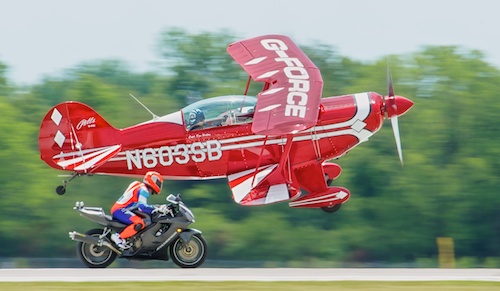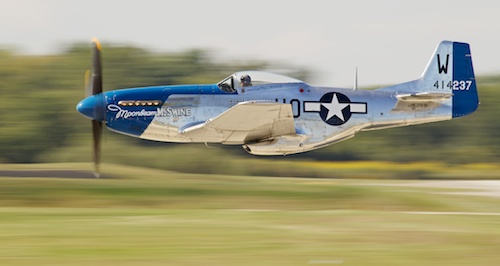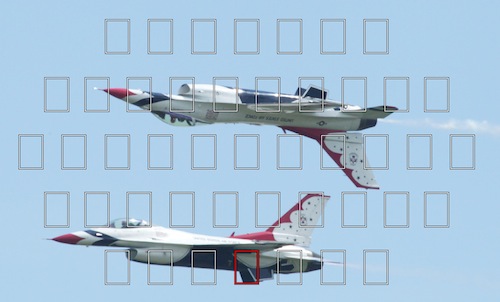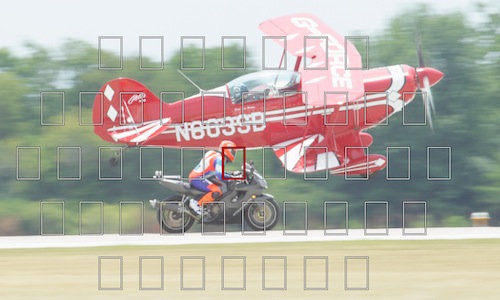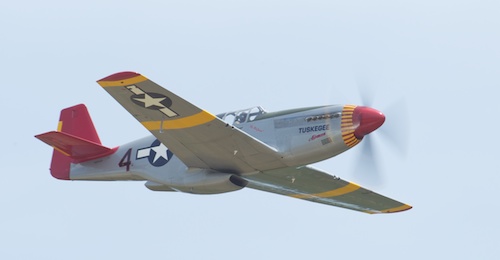When you go back and look at your awesome image, make sure you can remember what you did!
One of the things that really dives me nuts is when I go back and look at an older image of mine and just can't remember all the tweaks and pokes I did to make it pop. Now this doesn't really apply to the standard raw editing elements (exposure, highlights, shadows, contrast, etc) but it certainly applies to creative edits, especially filters and plug-ins. Now, when I run across the above image two years from now, I can look in the notes field and see that I added a couple special items - first was a recipe I built in Nik Color Efex Pro followed by a Topaz colored sepia filter.
I created a custom field in my image editing program (Aperture) but you can use standard fields if you'd prefer. "Caption" is probably the easiest, and you can over write your notes when you do a digital export to an online photo gallery. Here are a couple other things to keep in mind:
- Label your special effects/filters in the order they are applied, separated by the "+" sign
- Don't wait to do it "later", make the note as you apply each unique item
- Use a similar schema in PhotoShop layers, title the layer with a descriptive of what you did
Have fun and stay in focus,
Mark









